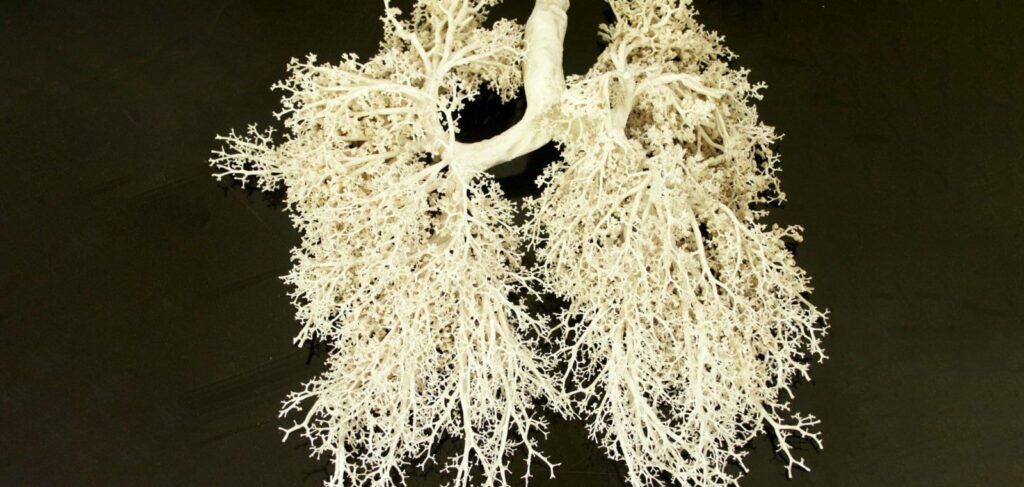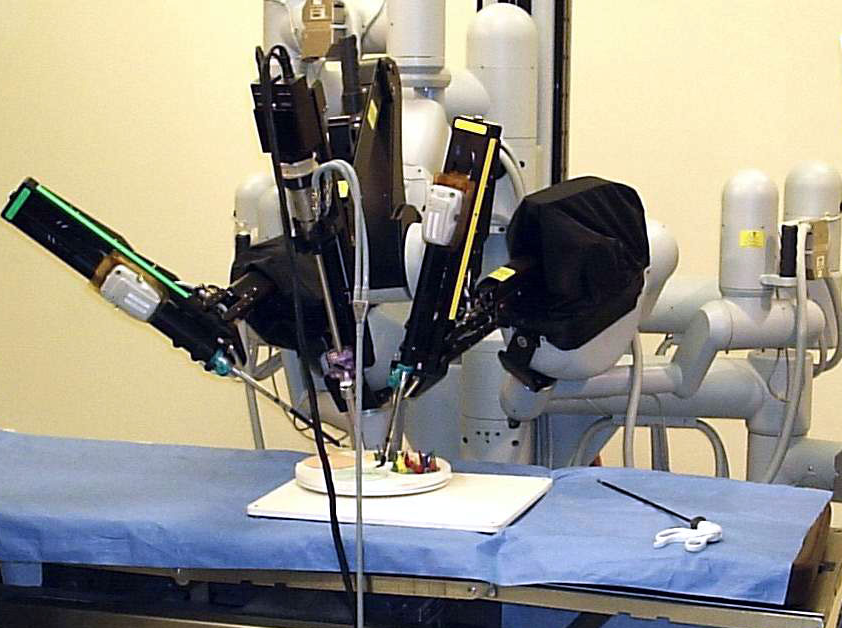
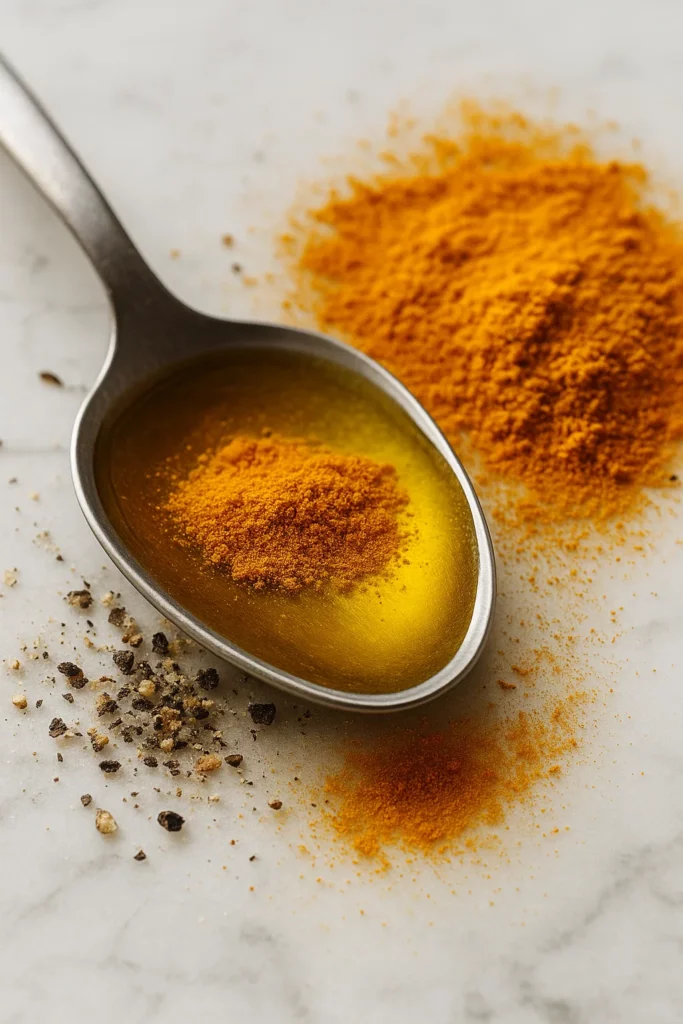
The brightly colored spice has become a figure of clinical science: more than 15 RCTs and several meta-analyses have shown that a standardized extract of Curcuma longa affects inflammatory mediators, oxidative stress and lipid metabolism.
This material summarizes how these properties can be applied in dermatology, rheumatology and hepatology.
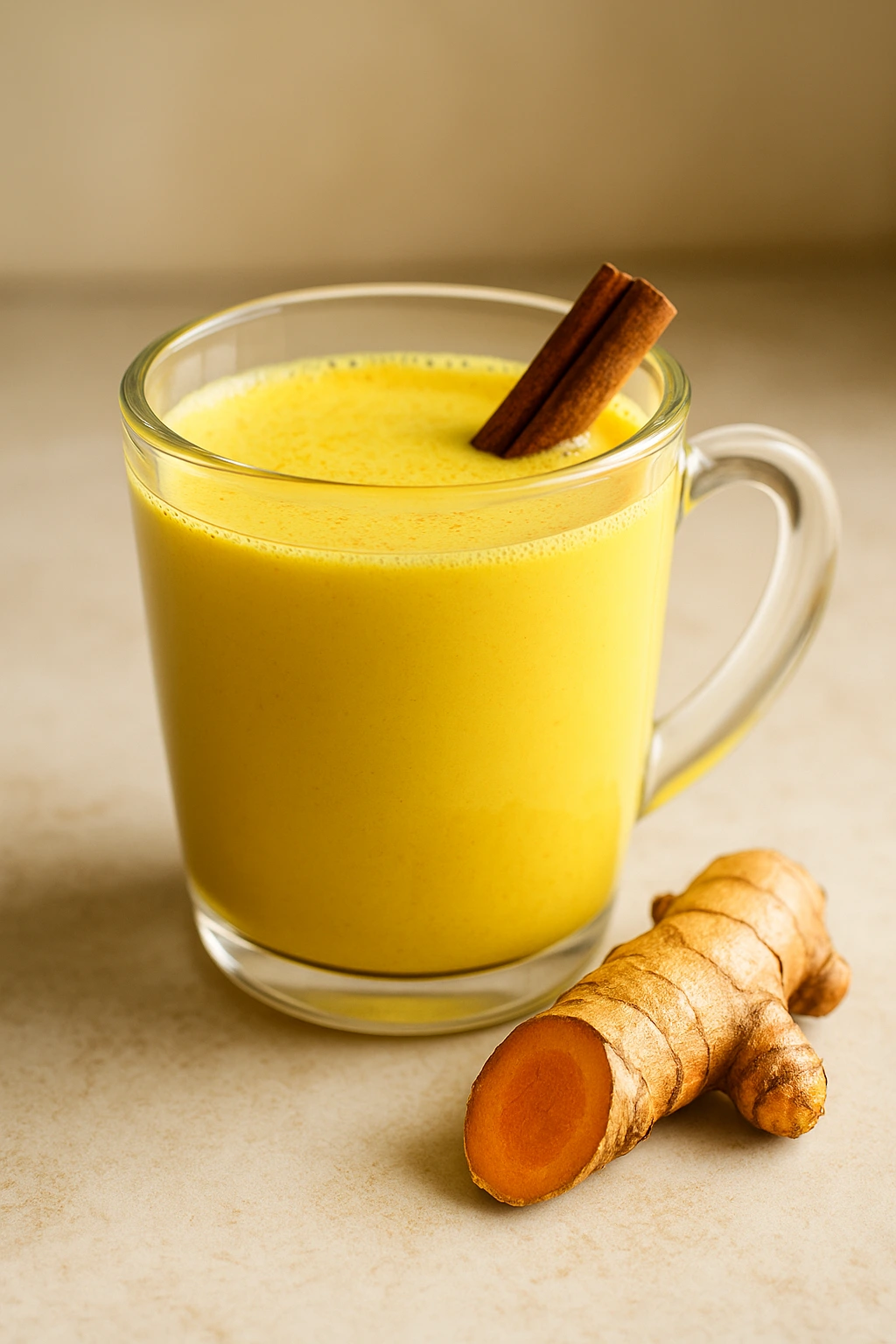
Antioxidant skin armor
Regular UV exposure activates the transcription factors NF-κB and AP-1, increasing matrix metalloproteinases (MMP-1/3) expression and accelerating photoaging.
Cellular and animal models demonstrate that curcumin reduces ATP-dependent ROS formation by 45-60%, suppresses MMPs and stimulates collagen synthesis, preserving skin elasticity.
In the clinic, this translates into less pigmentation, wrinkle depth and erythema after phototherapy in patients with PPP dermatoses.
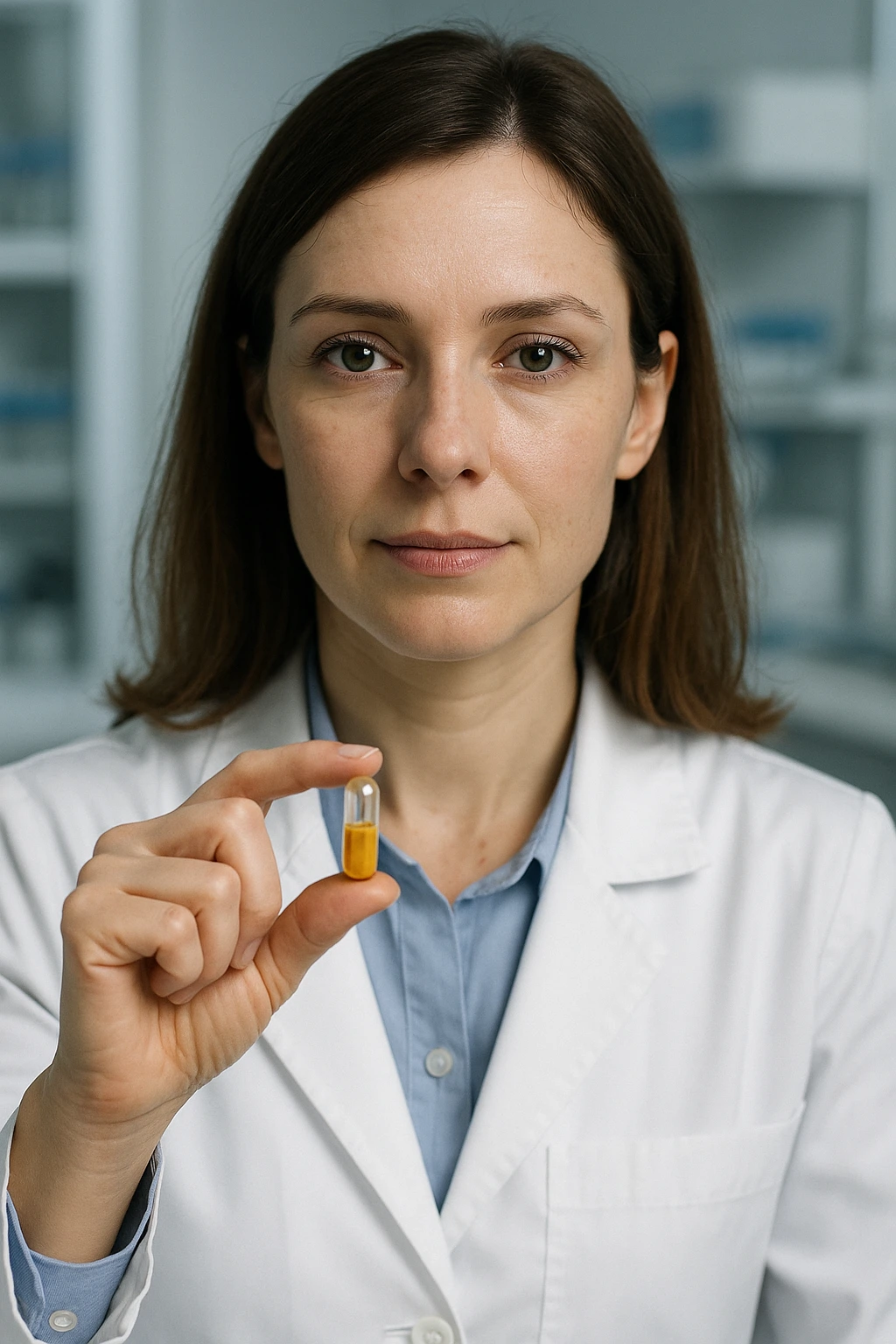
Musculoskeletal system without pain
In knee osteoarthritis, oral curcumin (1 g/day) is as good as ibuprofen in reducing WOMAC pain scores, but causes three times less dyspepsia and does not affect BP/CFC.
For practice: patients aged 45+ with hypertension or gastritis can receive pain relief without increasing the risk of gastrointestinal bleeding.
Liver protection and lipid control
A 2025 meta-analysis included 14 trials (1200+ participants) and found: 500-1000 mg curcumin (with or without piperine) for ≥8 weeks significantly reduced waist circumference (-4.9 cm) and improved steatosis scores in NAFLD by 10-25%.
AlAT/AsAT enzymes were moderately altered, but no clinically significant adverse reactions were observed.
In comorbid patients (IR + dyslipidemia) it may serve as a “mild” metabolic modifier.
The problem of bioavailability and solutions
Curcumin is hydrophobic and rapidly conjugated in the liver. A classic study by Shoba et al. proved: 20 mg of piperine ↑ the AUC of curcumin two thousand times without toxicity.
Phytosomes, micelles and nanoparticles provide even greater increases, but vary in price and availability. The choice of form should take into account age, concomitant pharmacotherapy and the target organ.
Safety profile and clinical doses
-
Recommended range: 0.5-1.5 g curcuminoids per day, divided into 2-3 doses.
-
Side effects: mild dyspepsia ≈8%, transient decrease in glycemia <3%.
-
Contraindications: biliary tract obstruction, uncontrolled use of anticoagulants.
Patients with concomitant use of anti-NSAIDs, statins or PPIs require monitoring of laboratory values once every 4-6 weeks.
Table 1 Clinical trials on curcumin: main results
| Author, year | Population | Dose / duration | End point | Bottom line |
|---|---|---|---|---|
| Chandran 2024 | 367 patients, gonarthrosis. | 1000 mg/day, 4 weeks | WOMAC-pain | –50 %, as good as ibuprofen; <GI-AE |
| Panahi 2025 | 411 pats., NAWHCP. | 1000 mg/day, 12 weeks | Degree of steatosis | RR = 3,5 in favor of curcumin |
| Lee 2025 | In-vitro fibroblasts | 10 µM | ROS, ММП-1 | –60 % ROS, –45 % ММП-1 |
Description: this table summarizes three typical areas of clinical and preclinical research – rheumatology, hepatology and dermatology. It demonstrates comparable efficacy to NSAIDs in pain reduction, significant improvement of liver parameters in metabolic disorders and a molecular mechanism of skin protection.
Table 2 Comparison of curcumin formulations by bioavailability by bioavailability
| Form | Technology | Relative AUC vs. powder | Commercial example |
|---|---|---|---|
| Powder | — | 1× | Standard capsules |
| Curcumin + piperine | Semi-hydrophobic complex | 20× | BioPerine™ |
| Phytosome | Phospholipid complex | 29× | Meriva® |
| Micella | Self-dispersing system | 45× | NovaSOL® |
| Nanocurcumin | < 200 нм | 60× | Theracurmin® |
Description: shows how pharmaceutical technology can radically increase the bioavailability of curcumin. This is critical in dose selection for patients with systemic diseases where high systemic concentrations are required without increasing the risk of adverse reactions.
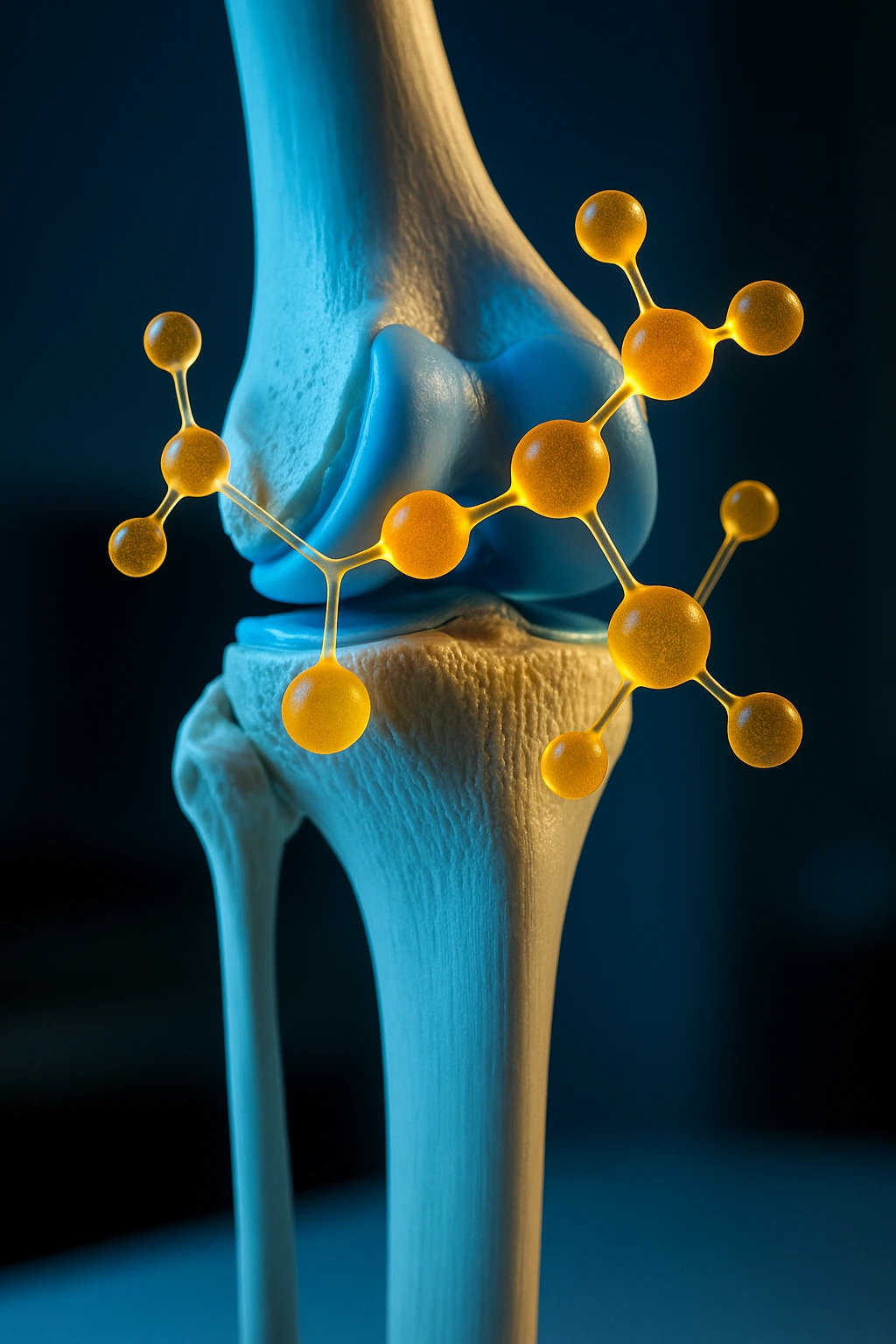
History in three strokes
- Ayurveda (Haridra). Used for thousands of years to “purify” the skin and liver.
- Medieval Europe. Served as a natural dye for fabrics and food – color even before E-codes.
- Present. The capsule contains 95% pure curcuminoids, standardized and clinically proven.
How does curcumin work? (3 targets → 3 results)
| Target in the cage | What curcumin does | How does a person feel |
| NF-κB is a “switch” for inflammation | Inhibits the release of pro-inflammatory cytokines | Joints and muscles hurt less |
| ROS – free radicals | Activates own antioxidant enzymes (SOD, CAT) | Skin stays firmer and smoother for longer |
| PPAR-γ is a fat regulator | Stimulates “burning” of lipids in the liver | The fat load on the organ is reduced |
Why it matters. One ingredient covers several pathogenic links at once – this is economical for both the patient and the formula.
Who curcumin is “friends” with – synergistic nutrients
| Partner | Together they are | Source of the study |
| Gingerol (ginger) | Relieve osteoarthritis pain even faster | BMC Complement Med Ther 2023 |
| Boswellia | Double hit on COX-2 and 5-LOX → less edema | Phytomedicine 2024 |
| Resveratrol | Enhanced antioxidant shield for the skin | J Derm Sci 2025 |
Mini case study
Patient: 52 yrs, hepatic obesity (NAFLD) + knee osteoarthritis.
Regimen: 500 mg curcumin-phytosome (Meriva®) + 5 mg piperine, daily for 3 months.
Result: AlAT -18%, WOMAC pain -44%, no complaints from stomach.
Conclusion: even a basic dose, but in the “right” form, gives clinical benefit without NSAID side effects.

Three popular myths – short and honest
| Myth | What really |
| “A teaspoon of kitchen turmeric = cure = treatment.” | The powder has ~2% of the active ingredients. A standardized extract is needed. |
| “Stirred in water, done.” | Curcumin is hydrophobic; needs fat (milk, MCT) or technology (phytosome). |
| “Only works against inflammation.” | Proven effects on both lipids and glucose levels. |
Curcumin and joint competitors – a quick comparison shot
| Criterion | Curcumin | Glucosamine | Boswellia | Omega-3 |
| Anti-inflammatory power | ★★★★☆ | ★★☆☆☆ | ★★★★☆ | ★★★☆☆ |
| GI side effects | 8% mild dyspepsia | 4% flatulence | 6% reflux | 10% “fishy” burps |
| Evidence base (GRADE) | High | Medium | Medium | High |
Commentary: Curcumin combines the power of Boswellia with the safety of glucosamine, so it’s often the golden mean.
Golden Milk 2.0 recipe – savory = barky
- 200 ml coconut or almond milk.
- ½ tsp. curcumin phytosome (≈300 mg active ingredients).
- ¼ tsp. real Ceylon cinnamon.
- A pinch of black pepper for bioavailability.
- 1 tsp. MCT oil – “elevator” for curcumin.
Heat to 60 °C (not boiling!), whisk with a foaming agent. You get a caffeine-free antioxidant “latte” that is 4-6 times better absorbed than off the shelf powder.
Visnovki for practice
Curcumin goes beyond cooking:
-
Dermatologists get an antioxidant tool against photoaging,
-
rheumatologists – an alternative to NSAIDs with a milder safety profile,
-
hepatologists – an additional approach to the correction of NAFLD and dyslipidemia.
Provided the standardized form and adequate dose, the benefits outweigh the risks, and the multi-target effect makes curcumin a promising component of “new wave” nutraceutical formulas.
List of references
-
Chandran B. et al. Efficacy of Curcumin in Knee Osteoarthritis. Phytomedicine, 2024. sciencedirect.com
-
Panahi Y. et al. Curcumin for NAFLD: Systematic Review. Clin Nutr, 2025. pubmed.ncbi.nlm.nih.gov
-
Lee J. et al. Curcumin Prevents UV-Induced Photoaging. Front Pharmacol, 2025. frontiersin.org
-
Shoba G. et al. Influence of Piperine on Curcumin Pharmacokinetics. Planta Med, 1998. pubmed.ncbi.nlm.nih.gov
-
Evidence-Based Practice. Turmeric vs. NSAIDs for Osteoarthritis Pain. 2024. journals.lww.com



